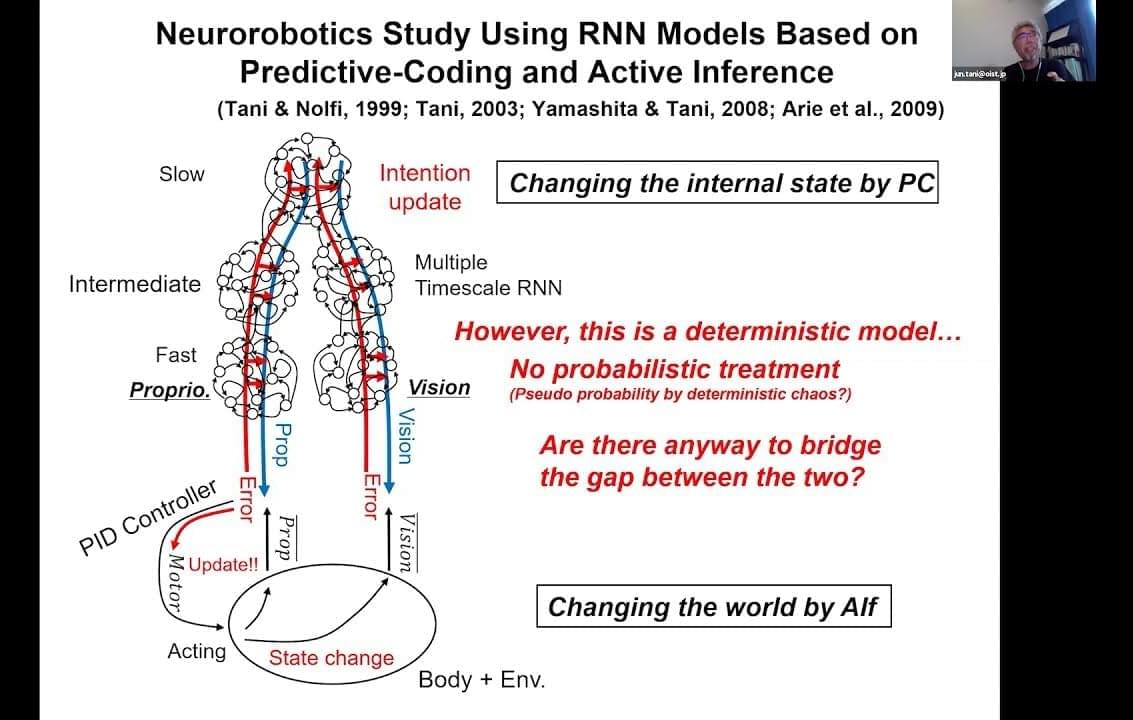In my recent tribute to Sir Arthur C. Clarke I cited earlier science fiction writer and philosopher Olaf Stapledon, who had a profound influence on Clarke. Here I’m zooming on Stapledon’s cosmic theology.
I am promoting this reply to the front page to add images and see what happens (experimental theology I guess).
In my recent post “Merlin Speaks — Arthur C. Clarke on technological resurrection” I call Sir Arthur C. Clarke “my Master,” and I mean it: no other thinker has had such a deep influence on me.
This educational video about cellular automata was filmed, narrated, and edited by Rudy Rucker in 1990, using some \.
There are occasions where allergies or sinus problems can lead to a person to have headaches. # headaches # allergy.
The AAAAI offers articles written and reviewed by experts on allergy headaches and sinus problems.
The first all-electric tugboat built in the United States, Crowley’s eWolf, has started sea trials along the U.S. Gulf Coast.
The 82-foot ship assist tug, built by Coden, Ala. shipbuilder Master Boat Builders, is expected to enter service at the Port of San Diego in 2024. Video footage of the vessel on sea trials was shared by Crowley on social media.
The eWolf is designed to operate on full electric power, producing zero carbon emissions and expected 70 ton bollard pull strength. The vessel is equipped with an integrated electrical package provided by ABB, a 6.2 MWh Orca battery energy storage system from Corvus Energy and two electrically driven Schottel RudderPropellers type SRP 430 LE (2,050 kW each) featuring propeller diameters of 2.5 meters. The vessel also has two small generators on board for emergency use and to enable long distance transits at a reduced speed.
The alien environment could provide a unique window into the earliest days of life on Earth—but its future is uncertain.
The Changing World Order
Posted in futurism
The world order that existed since the end of World War II is coming to an end. We we can expect to see in the next few years. As a bonus I added some never se…
Board directors and CEO’s need to increase their knowledge of Deep Fakes and develop risk management strategies to protect their companies. Deepfakes are videos or images that often feature people who have been digitally altered, whether it be their voice, face or body, so that they appear to be “saying” something else or are someone else entirely.
You may recall the trickery of the video in 2019 showing Tesla cars crashing into a robot at tech convention causing havoc or of Wayfair false information involved in child sex trafficking through the sale of industrial cabinets. Even Mark Zuckerberg has been inflicted by deep fakes from a video where he was allegedly thanking U.S. legislators for their inaction on antitrust issues.
Unfortunately, deep fakes are incredibly easy to produce having gone mainstream and with AI, there are even more accelerated risks to plan for.









